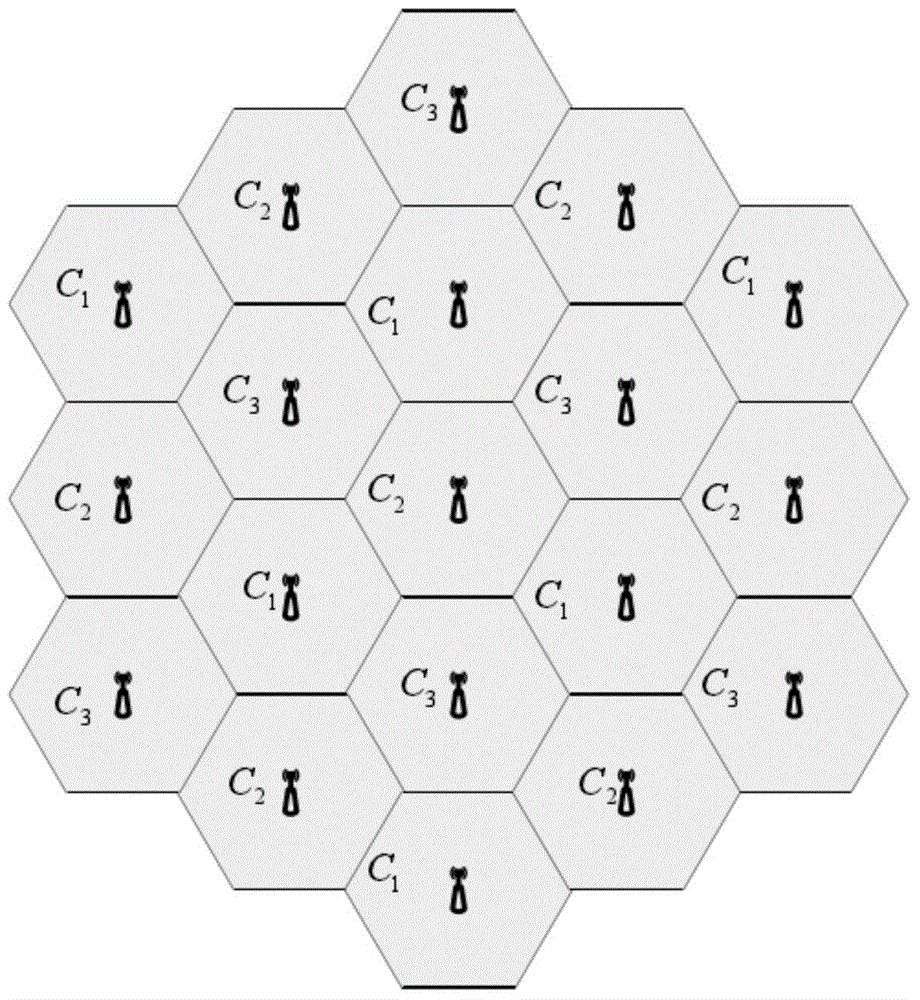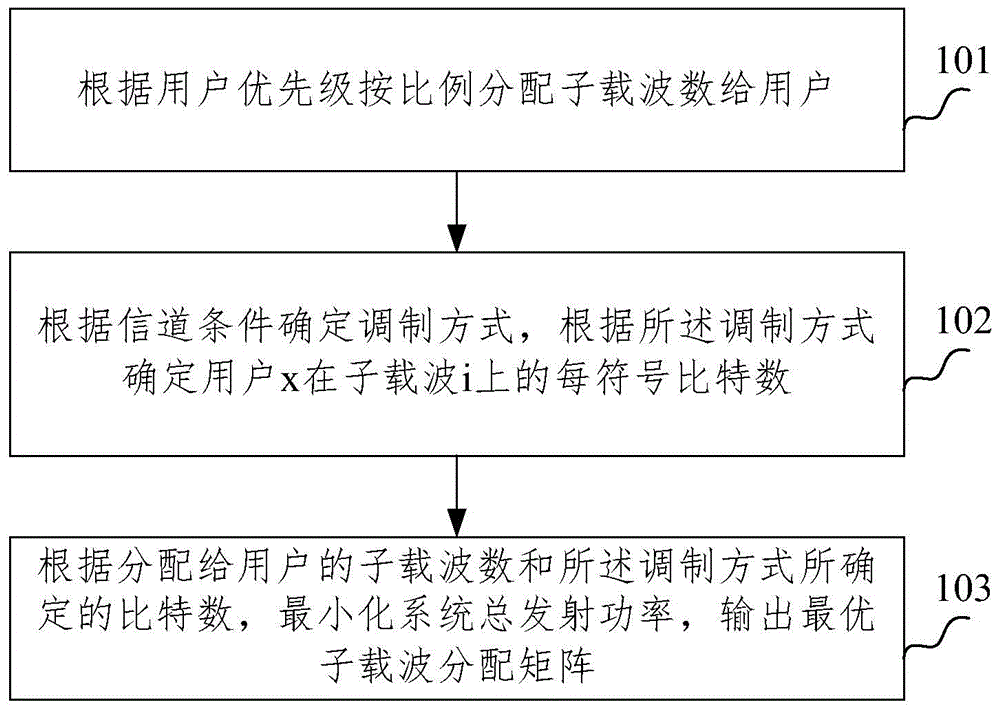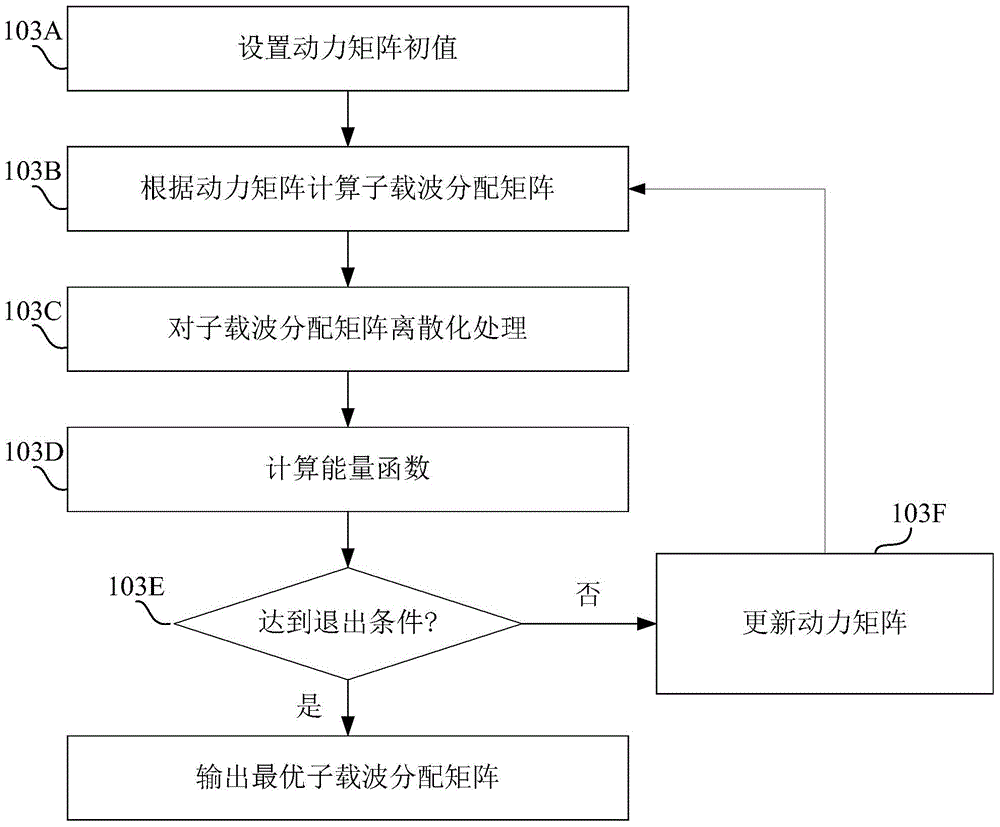Method and device for resource allocation based on allowance adaptive criterion
A technology of margin self-adaptation and resource allocation, which is applied in the direction of transmission path separation device, payload allocation, transmission path sub-channel allocation, etc., can solve the problem of low optimization rate, slow convergence speed, and inability to make full use of multi-user diversity gain And other issues
- Summary
- Abstract
- Description
- Claims
- Application Information
AI Technical Summary
Benefits of technology
Problems solved by technology
Method used
Image
Examples
Embodiment Construction
[0061] The resource allocation method based on the margin adaptive criterion in the present invention, the preferred embodiment is as follows figure 2 As shown, the implementation process can be divided into the following steps:
[0062] 101. Allocate the number of subcarriers to users in proportion according to user priority;
[0063] 102. Determine a modulation scheme according to channel conditions, and determine the number of bits per symbol of user k on subcarrier n according to the modulation scheme;
[0064] 103. According to the number of subcarriers allocated to the user and the number of bits determined by the modulation mode, minimize the total transmission power of the system, and output an optimal subcarrier allocation matrix; said minimize the total system transmission power, and output an optimal subcarrier allocation matrix , including: calculate the subcarrier allocation matrix according to the dynamic matrix, discretize the subcarrier allocation matrix, cal...
PUM
 Login to View More
Login to View More Abstract
Description
Claims
Application Information
 Login to View More
Login to View More - R&D
- Intellectual Property
- Life Sciences
- Materials
- Tech Scout
- Unparalleled Data Quality
- Higher Quality Content
- 60% Fewer Hallucinations
Browse by: Latest US Patents, China's latest patents, Technical Efficacy Thesaurus, Application Domain, Technology Topic, Popular Technical Reports.
© 2025 PatSnap. All rights reserved.Legal|Privacy policy|Modern Slavery Act Transparency Statement|Sitemap|About US| Contact US: help@patsnap.com



